Glocal warming: How glocalisation is changing the business environment
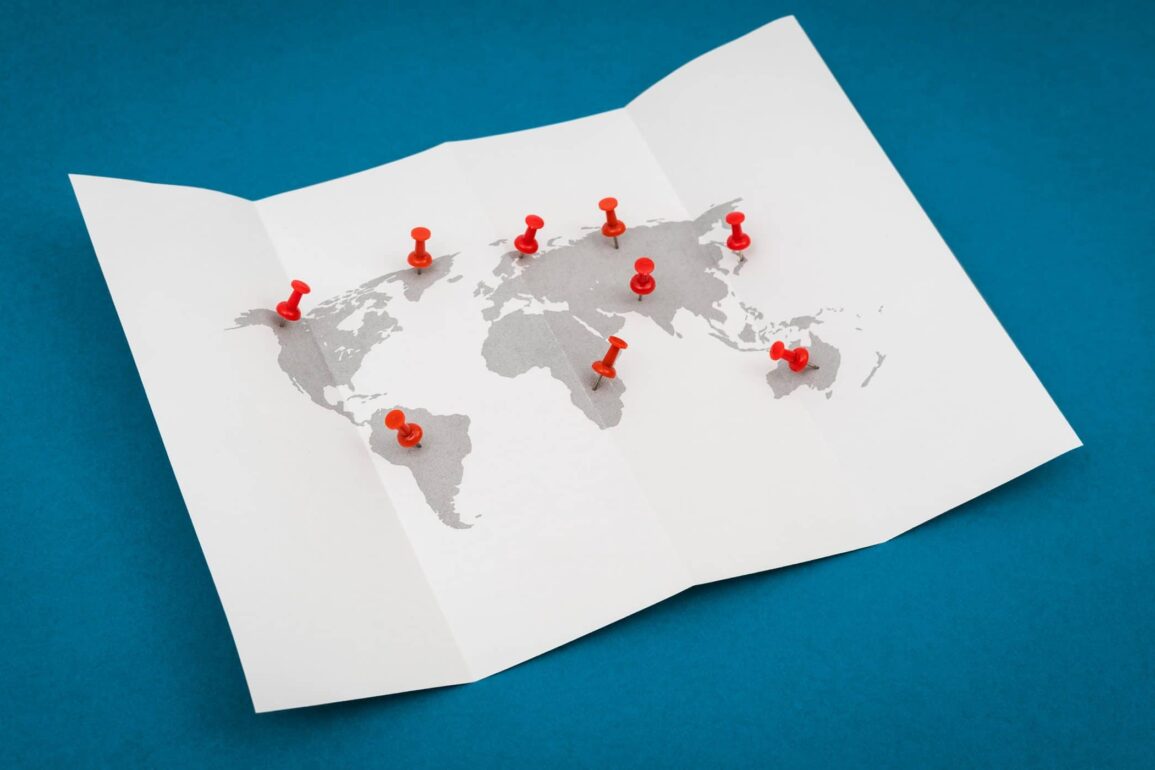
Visit Shanghai, and you’ll be able to get a Peking duck burger for your lunch from KFC. Hop on a plane to Beijing, and you’ll find Starbucks pouring cups of aromatic teas more often than they serve coffee. These are examples of businesses that know how to “go glocal.”
In today’s highly connected digital world, brands from all backgrounds are beginning to think more carefully about how they can carve a space for themselves in locations all around the world. Increasingly, creating a global brand is no longer just about shipping to new places, or building a more accessible website. The age of “glocal warming” is here, and it’s changing the way that we connect with cultures all around the world.
It’s the age of customer experience, and your clients around the world expect experiences that align with their personal tastes and preferences. Brands can’t simply share the same brand image wherever they go and expect to achieve the same results. Instead, they need to find a way of maintaining the inherent values and “essence” of their brand, while adapting to local trends.
No matter how you feel about the term “glocalisation,” the concept is becoming an intrinsic part of any organisation’s opportunity to stretch their presence around the world. Today’s global companies need a presence that resonates as “consistent” in every country, but also provides a personal touch to each region.
It’s time to explore what it means to be a Glocal brand.

What is glocal branding? Think global, act local
When the internet started to become more accessible to the masses, we saw a shift in the way companies operated. Going “global” wasn’t something reserved for bigger corporations anymore. Businesses from various backgrounds could spread their services and products into new environments without having to worry about substantial expansion costs.
Unfortunately, to keep globalisation as cheap and accessible as possible, many companies began to standardise their strategies for branding and marketing. Instead of thinking carefully about what each customer group might need, brands just copied and pasted their plans into new locations. For a while, the best businesses got by on the attractiveness of their product features and offerings alone.
Eventually, of course, we entered the age of the consumer, and customers stopped feeling connections with generalised products and communications. The world began to demand more responsivity and local sensitivity from their interactions with brands – no matter where a company came from. The age of glocal warming was on the horizon.
Today, the definition of glocal can differ depending on who you ask. However, for most companies, it’s the process of globally extending a brand, while customising and tailoring services to suit the needs of local markets. The meaning of glocal branding ensures that companies aren’t just adapting their feature or product portfolio for each audience. Instead, a glocal strategy considers every aspect of the brand-building process, and how each experience needs to be customised. In a glocal approach, a business might adapt each of the following elements to suit local audiences:
- Logo and colours.
- Brand name.
- Marketing campaigns.
- Social media strategies.
- Tone of voice.
- Products and features.
Glocal companies walk the line between the universal appeal of a “global” brand, and the intimate experiences between local businesses and their customers. In other words, the concept assumes that for a company to be a great “global” brand, they also need to be a compelling local company too.
Get your glocal strategy right, and you ensure that your reputation remains strong wherever you go around the world. As Benjamin Franklin is known for saying, it can take endless good deeds to build an excellent reputation for yourself, but it only takes one wrong move to damage that reputation for good. Now that, according to the Harvard Business Review, 80% of a company’s market share comes from the intangible assets that customers recognise like goodwill and brand equity, companies can’t afford to ignore the rise of glocalisation.
More than ever before, businesses of all shapes and sizes need to be able to connect with their audience where they live.

Diving into the definition of glocal: What is glocalisation?
In a glocal branding campaign, companies become familiar with the process of “glocalisation.”
So, what is glocalisation? Essentially, it’s the process of taking your global company and looking at the various elements that need to change to suit local customs, laws, cultures, and expectations. Glocalisation is an extension of a movement known as “Think Global, Act Local.” On a broader scope, the idea of thinking globally and acting locally means that you consider the needs of the entire planet before you take action in your own city or home town.
For instance, launching a recycling campaign in your neighbourhood is one of the best glocalisation examples from a socioeconomic perspective. Recycling not only helps to make your town more environmentally friendly and efficient, but it also benefits the planet overall.
In the branding world, glocalisation has a similar definition. When you become a glocal brand, you consider everything you do in the context of your larger brand identity. After all, the soul of your company needs to remain the same throughout the world if you want people to take you seriously. However, you also act at a local level to adjust your marketing campaigns, brand-building strategies and tone of voice according to the needs of a specific audience.
Let’s dive a little deeper with our glocalisation definition.
A glocal strategy demands that companies concentrate on the needs and unique qualities of their local audience. For instance, McDonald’s currently has over 36,000 restaurants across the globe, and they all feature the iconic “golden arches,” the unique McDonalds colour scheme, and the Big Mac hamburger. However, depending on where you go for your McDonald’s dinner, the food you get may change. For instance, restaurants in Brazil server croissants with cheese and ham for breakfast. In Israel, you can tuck into a lemon tea and McKebab.
Selling different products is one of the easiest ways to adapt your business through glocalisation. However, there are many ways to make a global brand feel like a home-grown company. Whether it’s adjusting your strapline to appeal to the beliefs of your intended audience, or investing in a different colour scheme, your challenge is to find the balance between global and local for your brand.
Ultimately, today’s customers want brands that can make them feel like a part of a larger world-wide community while reminding them of the roots they love in their home culture. The lesson for those seeking a definition of glocalisation is that if you want to thrive in multiple countries at once, the first thing you need to do is understand your brand, then follow the market you’re moving to.
A glocalisation strategy for a growing business won’t guarantee that your products, services, or company will thrive in a new space. However, if you move into a new marketplace without considering both your global and local approach, you’re all but guaranteeing your failure.

Glocal warming: How to help customers connect to your glocal brand
To some extent, the “glocal brand” is a side effect of the rise of “customer 4.0”.
We’re living in a world where your customers don’t just want to be “sold at” anymore. Consumers are more informed and empowered than ever before. Success for global brands comes from placing themselves within their client’s universe, in a way that’s immersive, valuable and unique.
For years now, customers have stopped feeling an affinity towards generic products and corporate brands. A single marketing strategy to suit a global audience simply isn’t enough to spark loyalty in an ever-changing marketplace. Customers demand their favourite brands to recognise their needs, and that’s where glocal companies thrive.
So, how can you create a glocal strategy for your growing organisation?
1. Start with researching your glocal market
It’s easy to assume that your brand mission statement has a global appeal – particularly if you’re selling something that aligns with a universal need like food or clothing. However, the only way to know whether you belong in a specific market is to spend some time researching the space first. Doing your research before glocalisation isn’t just essential to establish potential demand, it also gives you a chance to make sure that your strategy aligns with the legal and cultural requirements of a space.
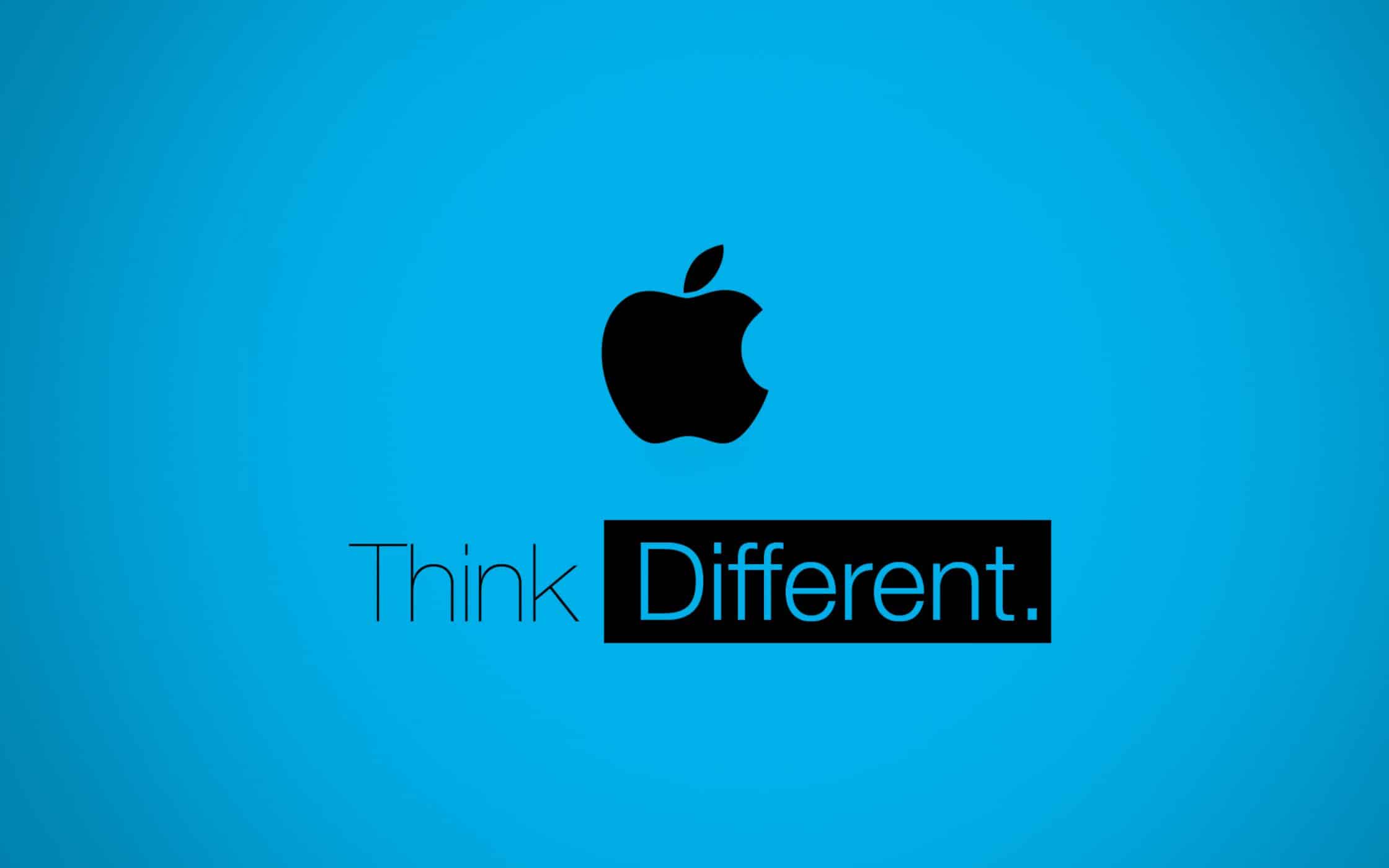
Take a leaf out of Apple’s book, for instance. One of the best-known technology brands in the world, Apple has done a fantastic job of building a highly desirable and fashionable brand in the West. Its old “I’m a Mac, I’m a PC” adverts were great for setting Mac apart as the “luxury” alternative to the standard computer. Unfortunately, in Japan, the same adverts wouldn’t have done nearly as well, because the culture of the country means that it’s very tacky for companies to criticise their rivals.
In their Japanese ad, Apple decided to take a less derogatory approach which focused on showcasing the benefits of Macs, without insulting PCs. That way, Apple maintained its status as a luxury brand, without rubbing customers the wrong way.
2. Humanise your glocal brand with a mission that translates
As mentioned above, while there are many things that you can change in your glocal brand strategy, there are a few things that need to stay the same. Your essence and mission as a company have to translate well into your new market. Otherwise customers will begin to question what you truly stand for. The most successful glocalisation examples feature businesses with universal ideas, intended to inspire and engage their customers.
For example, IKEA says that its brand mission is to “create a better everyday life” for customers. That’s a very accessible idea, regardless of where you live. We all want to enjoy a better quality of living. Similarly, Diageo’s Johnnie Walker “Keep Walking” campaign is based around the idea that everyone, regardless of where they live wants to keep “moving forward” and growing in their life.

Positioning your brand behind a core idea or desire to solve inherent human needs, then fulfilling your promise with a focus on local sensitivity, you can unlock the real power of going glocal. Make sure that your brand is built on a concept that transcends language and geographical barriers.
3. Avoid getting lost in translation
Finally, good translation in a glocal strategy is crucial. There are countless examples out there of companies that have struggled to understand the language differences between where they live, and where they want to sell. Remember that typing your slogan into Google Translate won’t necessarily get the results you want. Remember how KFC’s “finger-lickin’ good” slogan became “Eat your fingers” when translated in China.
At the same time, keep in mind that making sure your brand “translates” is about more than just getting the linguistics right. You also need to think about the preferences of the audience you’re reaching out too. KitKat is a great example of a brand that has mastered the art of catering to a new audience. Along with adapting its strapline to “Kittu Katsu” in Japan, KitKat also considered the flavour preferences of its audience.

While in the West we love flavours like peanut butter, chocolate, and ice cream, Japanese tastes are very different. In Japan, you’ll find plenty of popular KitKat bars in flavours like wasabi, soybean and green tea.
Glocal companies: Examples of glocal experts
Today, the most successful global brands know that if they want to expand into new markets, they need to do a lot more than just put different languages on their product packaging or make their website more accessible.
Building a “Glocal” strategy means re-thinking the unique elements of your company, from its messaging to its product portfolio, and adapting those components to suit the needs of your target audience. A glocal brand can combine consistent and universally appealing ideas with a deeper understanding of local tastes and culture.
Let’s look at some great glocalisation examples to help you guide your strategy.
1. Mars Galaxy / Dove
If you’ve visited both the US and the UK, then you’ll know that Mars has two different names for the same brand of chocolate: Galaxy or Dove. The “Dove” name in the US helps to align the chocolate to the concept of “female indulgence” that Mars wanted to convey for the location. Additionally, a new name meant that Mars could experiment with different flavours and formats in the US, without harming its universal brand.

Recently, the Dove US brand has also begun to include more savoury offerings, as well as sweet flavours. By adjusting its approach in a different market, Mars has been able to achieve more sales, while staying true to its “indulgent” image.
2. Ikea
Ikea is an example of a brand that truly knows the meaning of glocal branding. First established in 1943, the company quickly emerged as a recognisable brand around the world, with stores in countries from Croatia to Japan. Ikea thrives in a global space because of its universally appealing attributes of sustainability, quality, and low prices.
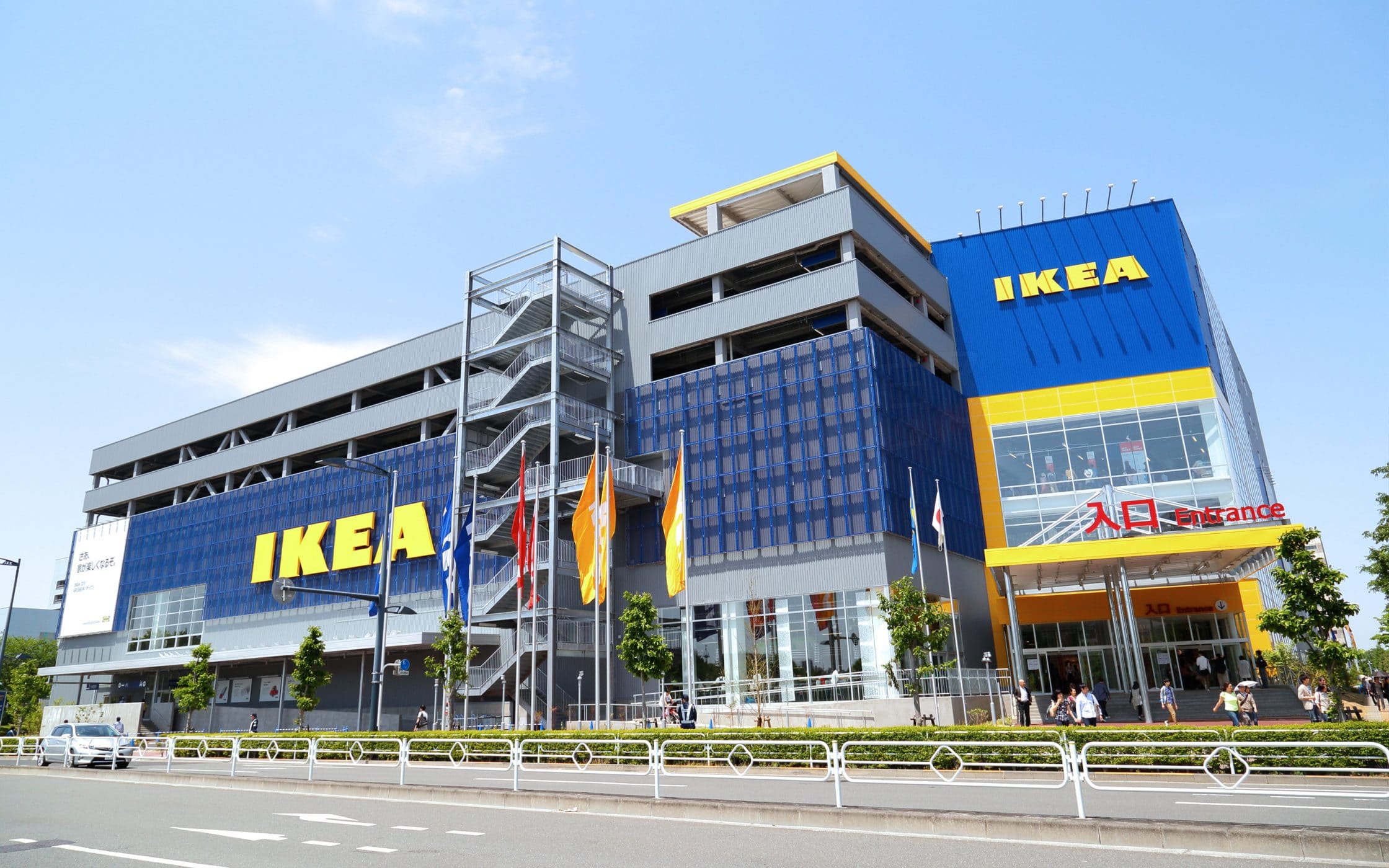
Of course, as with most glocal brands, Ikea also makes sure that it takes international audience preferences into account. Though the same products appear in different shops, room sets often differ in the stores to suit local customs. For instance, Japanese stores frequently feature Tatami mats that we wouldn’t see in the UK or elsewhere.
3. Nintendo
Back in the 1980s, Nintendo was the best-known name in the world for video games and consoles in America, the UK, and other countries around the globe. However, it’s worth noting that Nintendo started off as a Japanese brand. Its success as a huge corporation came from the fact that the Nintendo team knew how to use glocalisation to adjust its content for American audiences.
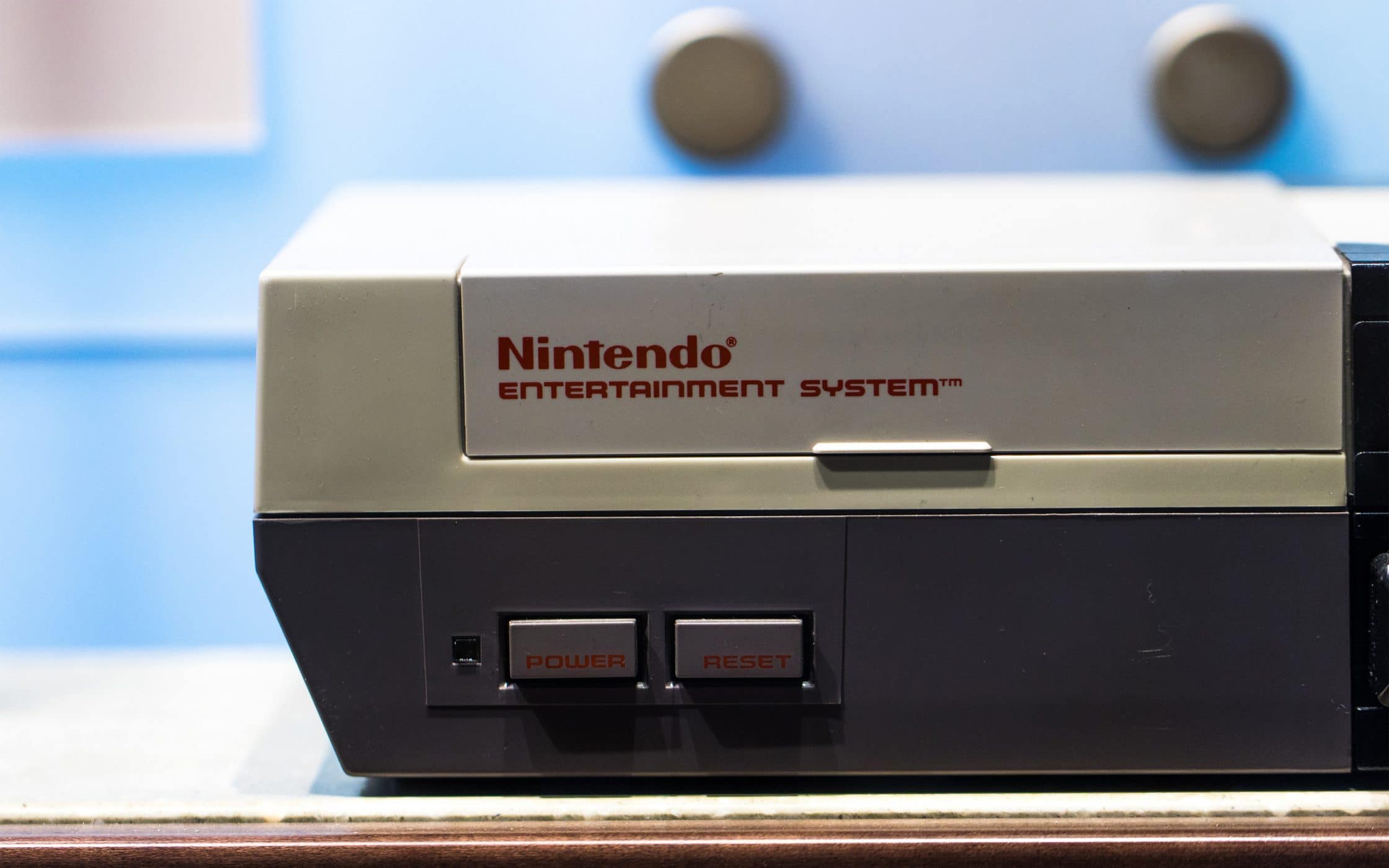
For instance, you may not know this, but Nintendo of America needed to censor a lot of the games that came from Japan, to begin with. In the 80s, America was a very conservative place compared to Japan, and Nintendo knew that it would have to edit content to position its console as a “family friendly” device. Almost all references to bad language and sexuality were removed from games. As a result, Nintendo owned the home video game market for almost two decades. Nintendo still has a largely positive reputation today.
4. Starbucks
Finally, it’s tough to talk about powerful glocal branding strategies without paying some attention to Starbucks. A company that started off with a simple coffee shop in Seattle quickly became one of the best-known names in the world, with stores across 63 countries. The world’s most popular coffee store seems to maintain a global appeal wherever it goes. Starbucks achieves successful glocalisation by paying attention to what its customers need in each region.
For instance, you wouldn’t think that a coffee brand like Starbucks would do well in a country like China. For years, China has been known for its regional dislike of coffee. Fortunately, Starbucks had no problem with adapting to this market. The brand simply removed some of its coffee-based drinks and replaced them with green and aromatic teas instead.
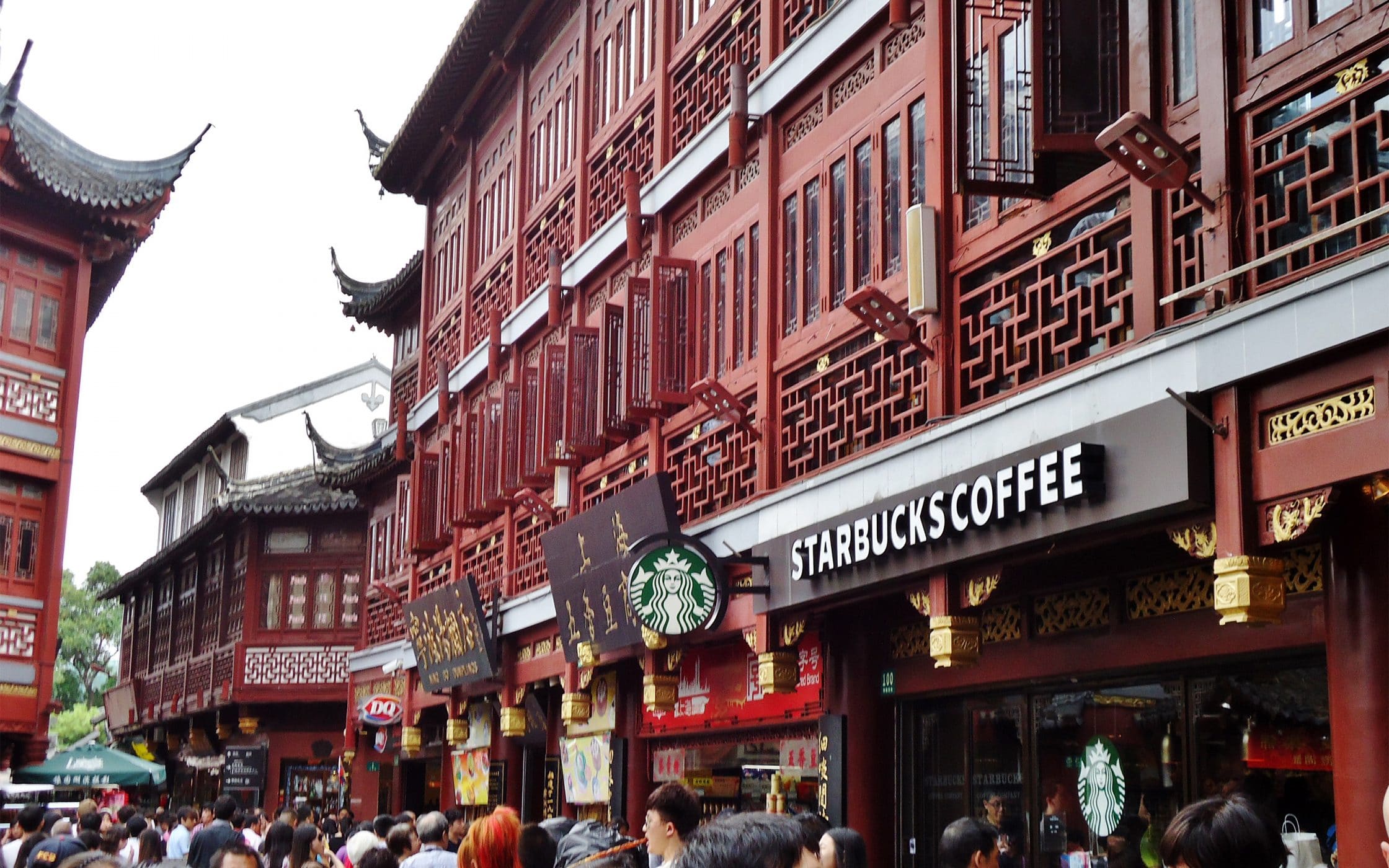
Starbucks has also seen success as a pioneer of a highly customer-focused digital marketing strategy. Today’s customers around the globe can all access the same treats through their Starbucks apps, including reward points and birthday drinks.
Does your business need a glocal strategy?
We’re living in a very complicated world today.
On the one hand, your customers want unique experiences that introduce them to diverse cultures around the world. As such, maintaining parts of your global identity makes it easier for you to set yourself apart in new markets. On the other hand, people automatically gravitate to products and services that they understand, and brands which seem to understand them. Because of this, attuning your symbols, text, and brand content to the local behaviour and culture of your target audience just makes sense.
Today, successful glocalisation means finding the perfect blend between giving your audience a unique, worldly experience, and reminding them that you understand what they need and want. Failing to adapt your brand to different regions and cultures could mean that you simply can’t achieve the worldwide success that you deserve.
Perhaps one of the most important things you can remember as you search for the meaning of glocal for your brand is that getting the right blend of global and local elements into your brand doesn’t have to mean refreshing your identity every time you extend your reach. Customers around the world don’t necessarily expect companies to change everything about themselves as they move into a new space. What they want, is for you to show that you value their culture and preferences enough to take them into account.
For instance, the Premier Inn, one of the world’s best-known hotel branches, still uses its UK-conceived brand-guidelines to build and manage hotels in the Middle East. It uses the same colours and logos, as well as the same consistent brand values. However, it also conveys the hotel name in Arabic above the marquee of their MENA locations, to tell their customers that they acknowledge their needs.
Are you ready to discover what glocal branding means to you? Reach out to the team at Fabrik today.
If you enjoyed this article, you might enjoy these too:
— Putting heart & soul into your brand essence
— How to measure your marketing messages











